Sonic DIY
Repurposing the Creative Self
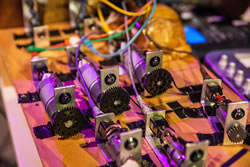
DIY audio and sound art practices celebrate the unique visions and practices of the individual artist. The socio-political ramifications of DIY practice, personal perspectives on DIY and custom design, and sharing, repurposing and community-building are explored in pieces about DIY practitioners, their instruments, intentions and artistic practice.
About This Issue
Editorial
Articles
Opening Closed Doors: The Socio-Political Ramifications of DIY Practice
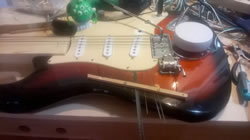
Repurposing the Compositional Experience: The Spring Guitar and a Kataba saw, a self-built “instrument as sound composition”
“Instrument as sound composition” is a process whereby the composer first establishes the colours of sound before focusing on the “sound coding”. The composer becomes a sort of DIY luthier, artisan or hacker who builds and tweaks his work, composing through making.
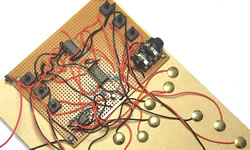
DIY Instruments and White Label Releases
Drawing parallels between the DIY instrument and white label release, Amit Patel discusses his own DIY practice and influences from past experiences working in the urban music industry.
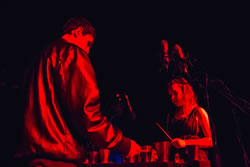
Fuck It, I’ll Do It Myself: Or, why on Earth would anyone start a sound art organization in Melbourne and call it JOLT?
Through a personalized meditation on the DIY motivations for the creation of the sound art organisation JOLT Arts, its director and founder James Hullick discusses the project Sonic Flock (2013), which articulated philosophies important to the JOLT community.
Accommodating Individual Needs: The Personal Perspective on DIY and Custom Design
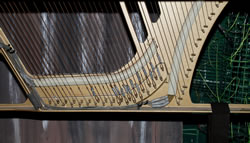
Making the Makestra: Repurposed, bio-electronic and 3D-printed instruments
In addition to providing some background on the raison d’être of the Makestra, Jean-Michel Maujean and Cissi Tsang describe the development and construction of the instruments that make up this DIY ensemble: 3D-printed flutes, a Hydrowoofer, a 16-tone piano and a Playable Plant.

Designing and Playing the Strophonion: Extending vocal art performance using a custom digital musical instrument
The Strophonion is a dynamic digital musical instrument developed by Alex Nowitz with the support of STEIM, which he uses to interweave live voice, its live electronic manipulations (disembodied) and the convergence of the two (re-embodied) in the context of live, vocal art performance.
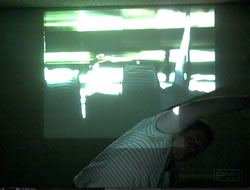
Unconventional Inputs: New/old instruments, design, DIY and disability
Having played musical instruments since childhood and created DIY instruments and interfaces for a decade —activities shaped throughout by disability — Mat Dalgleish reflects on his experiences and proposes a series of design principles around musical instrument creation and adaptation, musicianship and disability.
Sharing, Repurposing and Community-Building
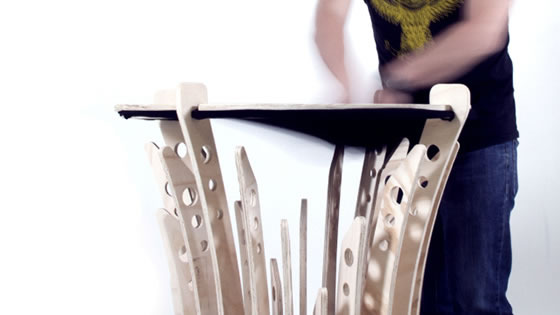
Design and Appropriation in Open Source Computer Musical Instruments: A Case study of the Silent Drum
The Silent Drum is used as a case study for the design and appropriation practices of computer music instruments in the open source world. Other musicians take Jaime Oliver’s design and code and repurpose the instrument to suit their own creative needs.
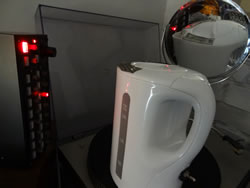
A Voyage Around My Boilophone: A personal approach to playing and recording with a unique DIY electronic instrument
The Boilophone is a homemade synthesizer housed inside a plastic kettle that is reactive to light and touch. Dave Ross describes his attempts to extrapolate musical form from this inherently unstable instrument and its unique sonic palette.
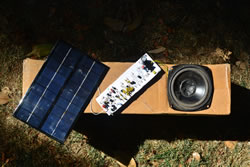
Bird, Monk, Train: Three approaches to a solar sounder workshop
Solar-powered, analogue synthesizers emulate specific environmental sounds and react to solar energy conditions. The premise belies an awareness of outdoor sounds and a yearning for electronics that can explore them.
Interviews
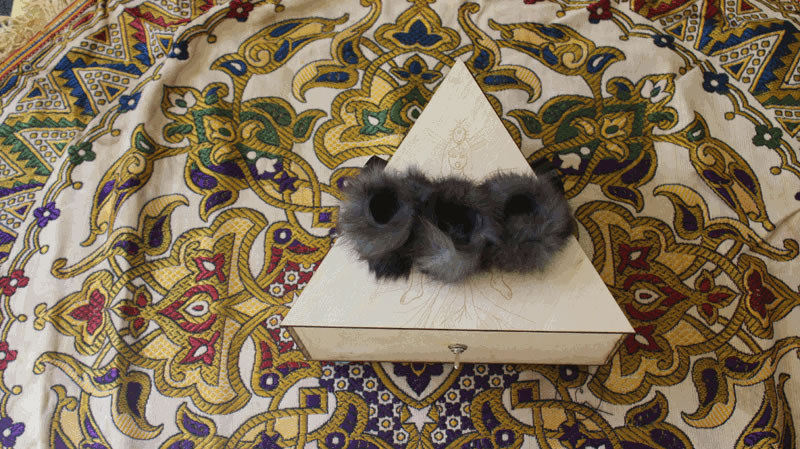
Déesses de l’électricité DIY : Entretien avec les artistes de l’audio Stephanie Castonguay et Émilie Mouchous
Taking DIY audio practices as a point of departure, Les Nouvelles déesses (Stephanie Castonguay and Émilie Mouchous) is a sound art project coloured by science fiction that offers a poetic perspective on stories involving women working with technologies.
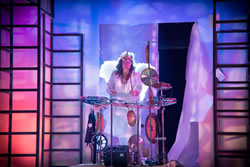
Using Everything and the Kitchen Sink: Interview with Atlanta-based composer Klimchak
CooksNotes, an evening-length performance in which homemade instruments create both music and dinner, serves as a portal into Klimchak’s music. Among other ideas, he discusses strategies for composing, the meanings of objects and the joys of kitsch.
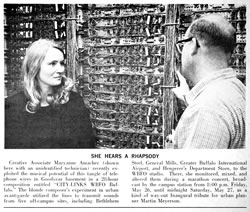
A Unique Sensitivity to Sound: Interview with American composer and sound artist Maryanne Amacher
Early career memories of the late sound artist Maryanne Amacher, beginning with the Center For Performing and Creative Arts (SUNY Buffalo) and the University of Illinois, leading to her work at Subotnick’s studio and her association with Serge Tcherepnin, Rhys Chatham and Charlemagne Palestine.
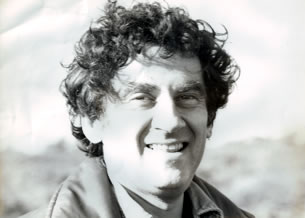
WBAI Free Music Store and Dark, Dark Nights at the Electric Circus: Conversation with music theatre composer and producer Eric Salzman
Eric Salzman’s early involvement with music theatre included his role in New York as music director at Pacifica radio station WBAI, and as a producer at the WBAI Free Music Store, The New Image of Sound at Hunter College, and Electric Circus’ Electric Ear series.
Other Items
SONUS.ca
Works by some authors and / or artists in this issue can be heard in SONUS.ca, the CEC’s online electroacoustic jukebox:
Social top